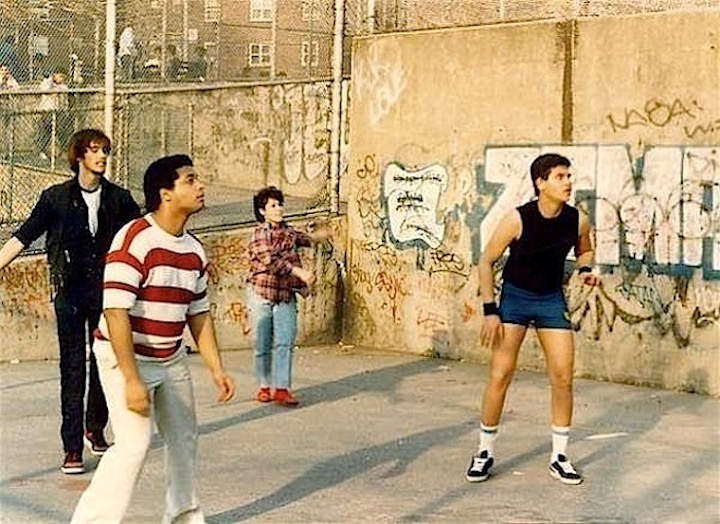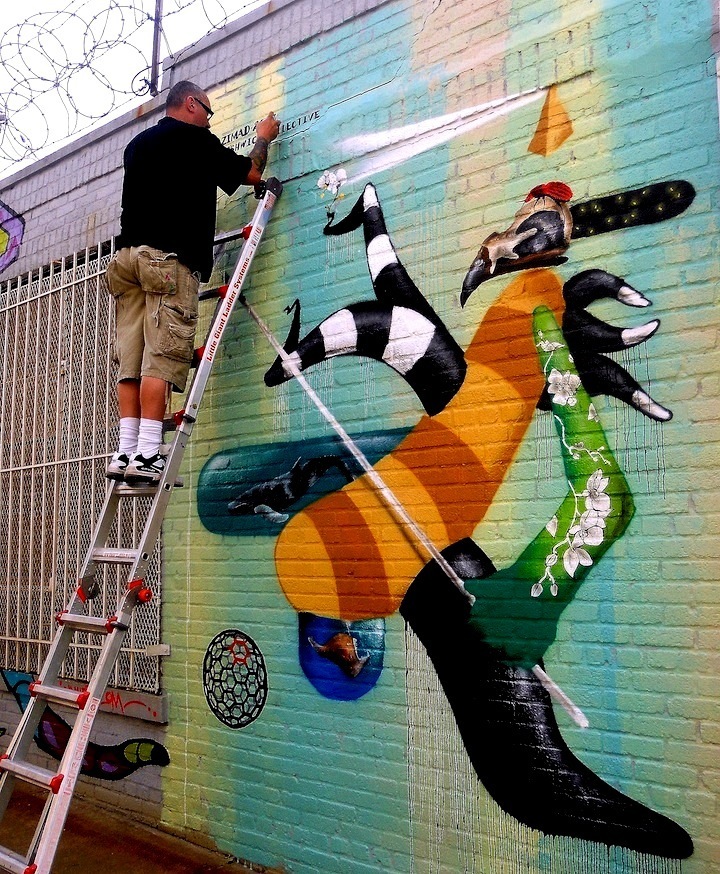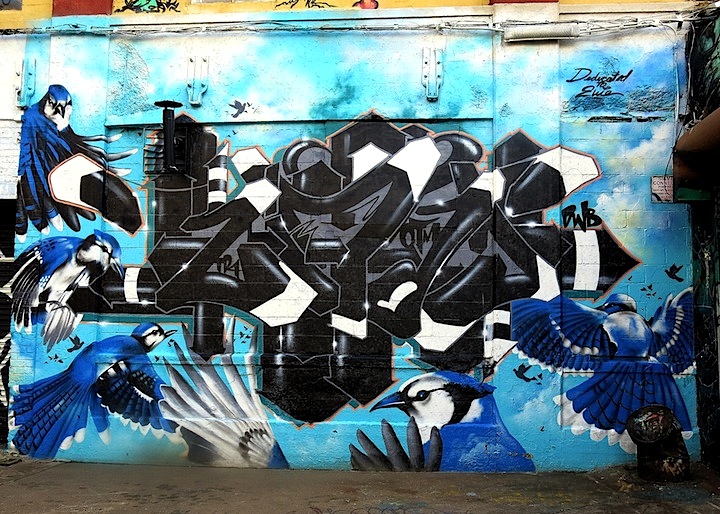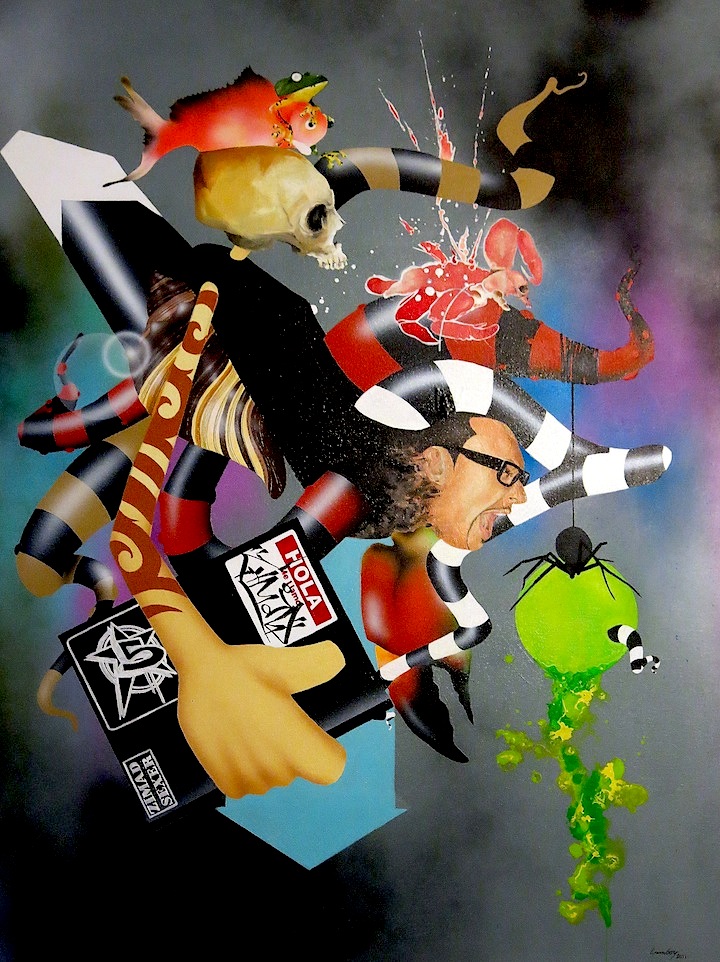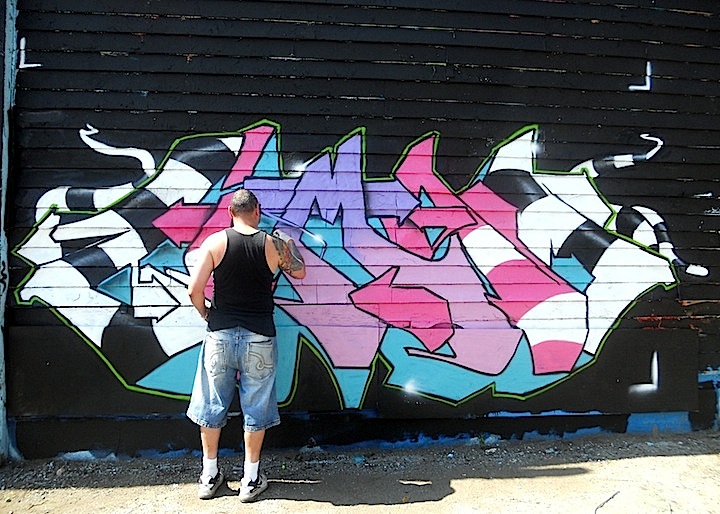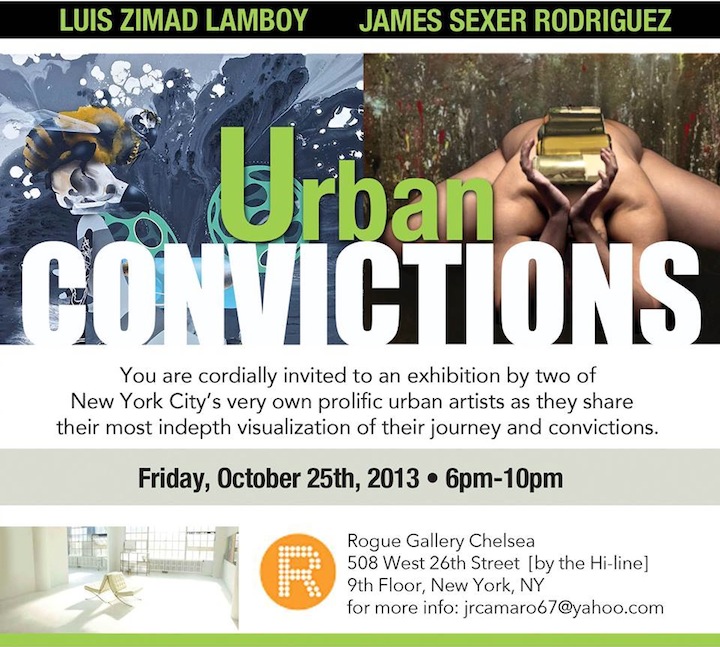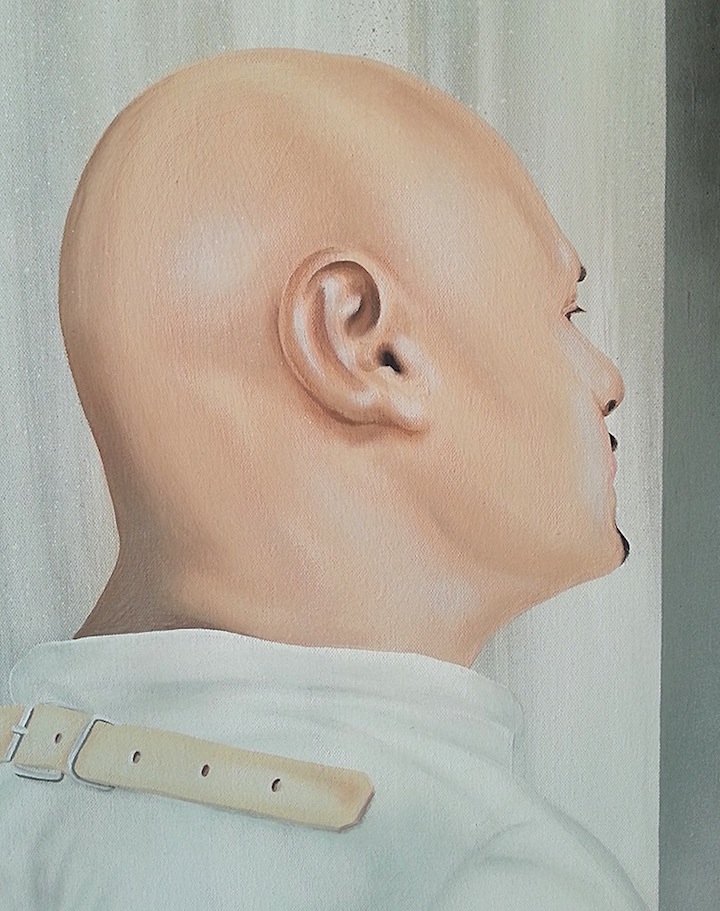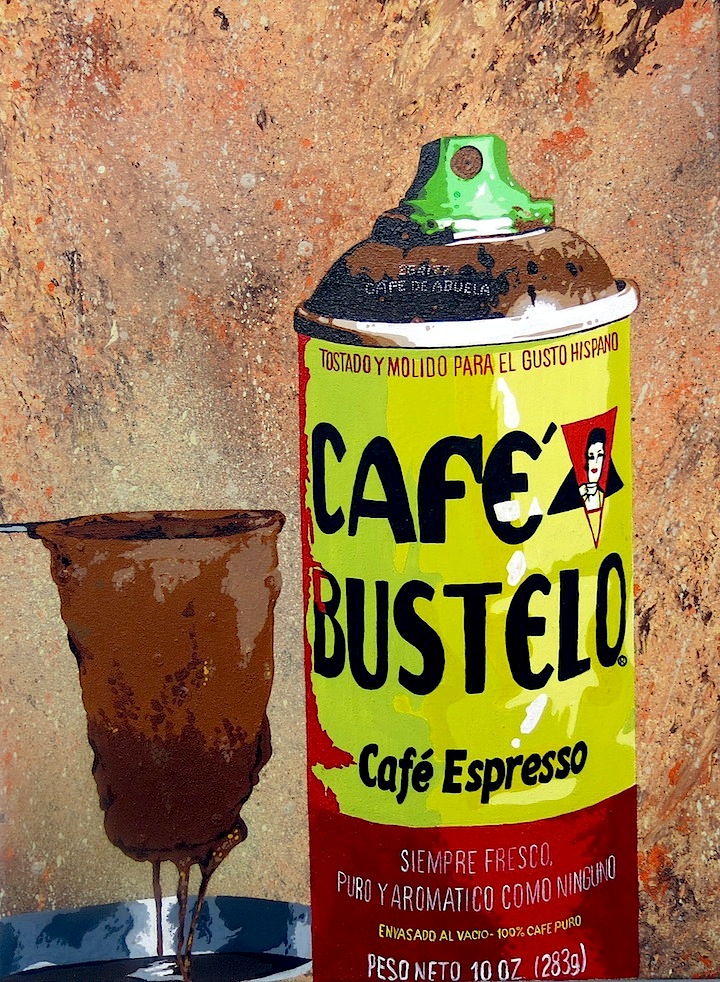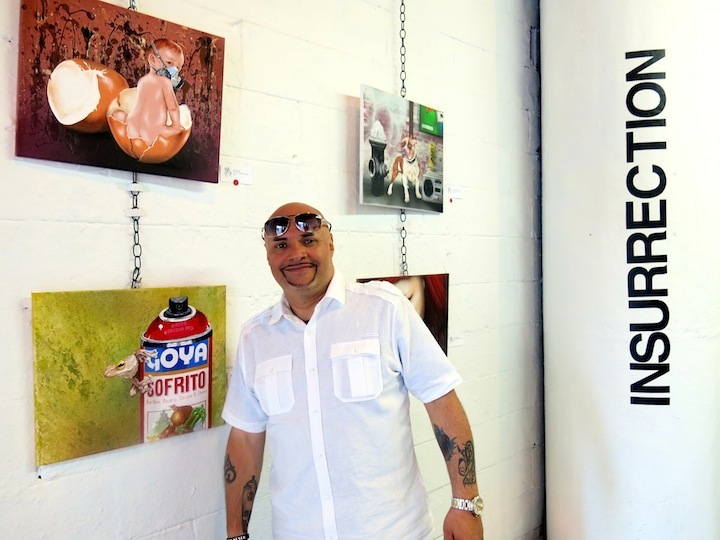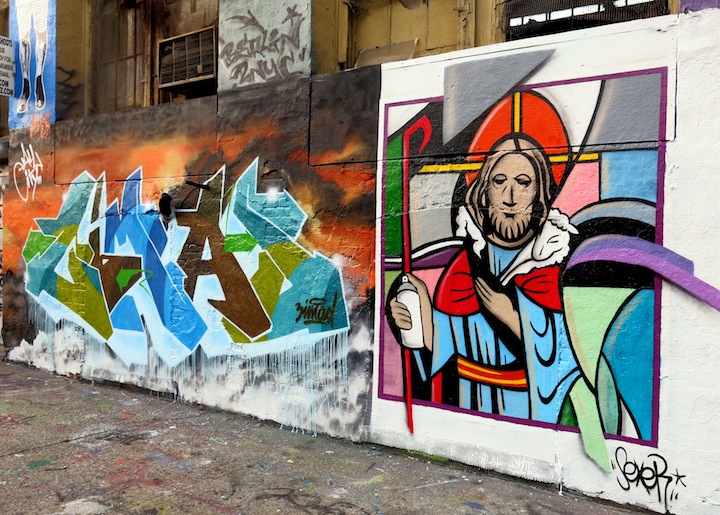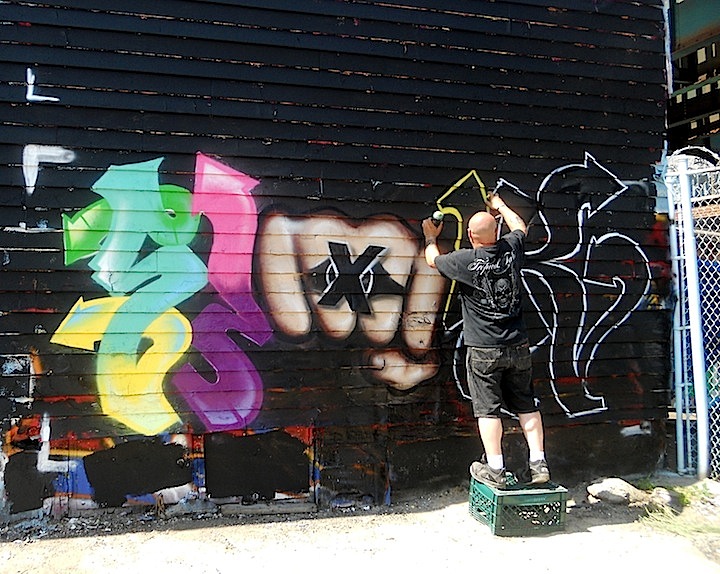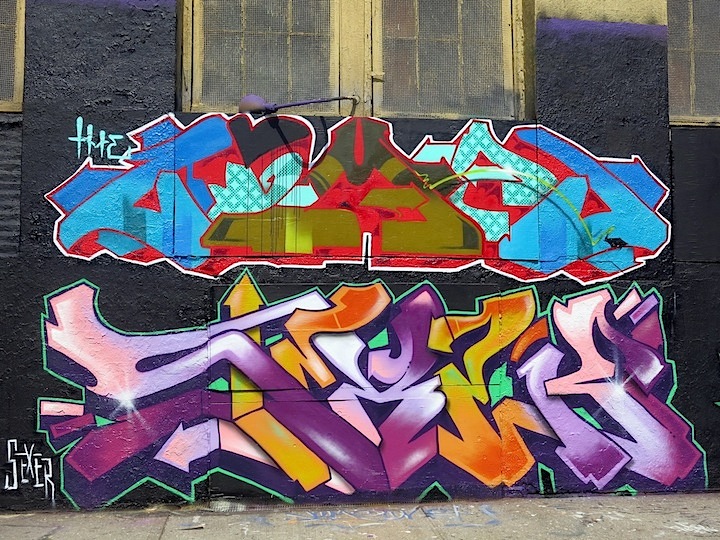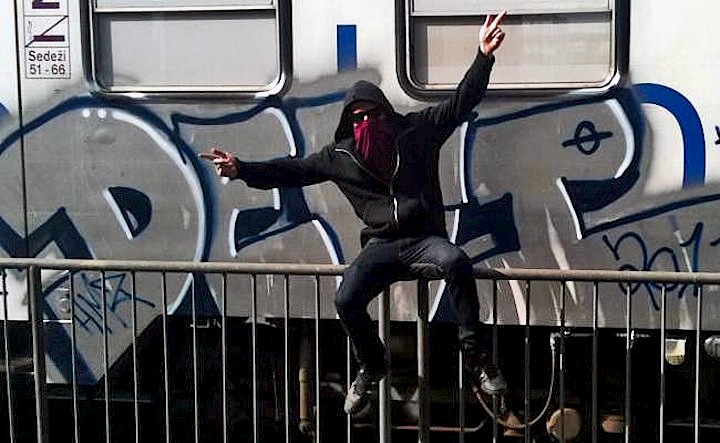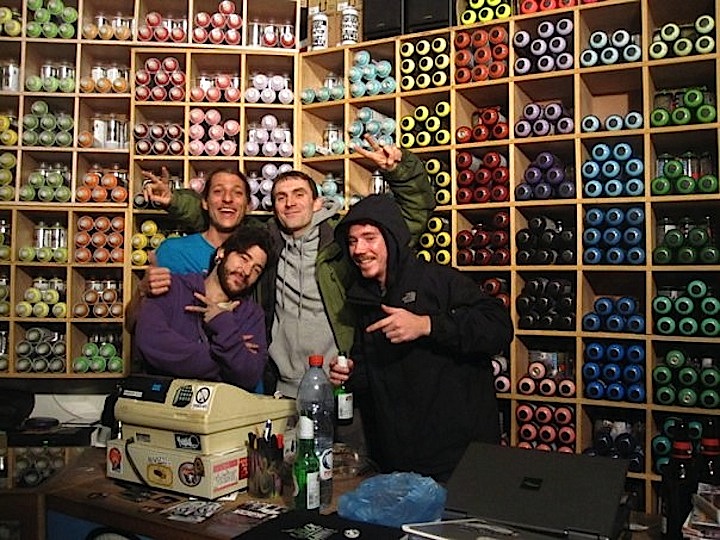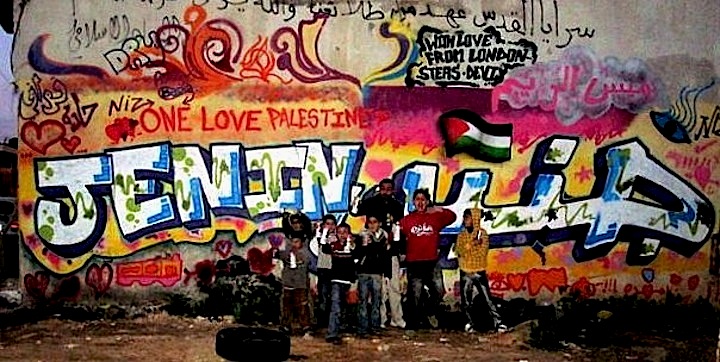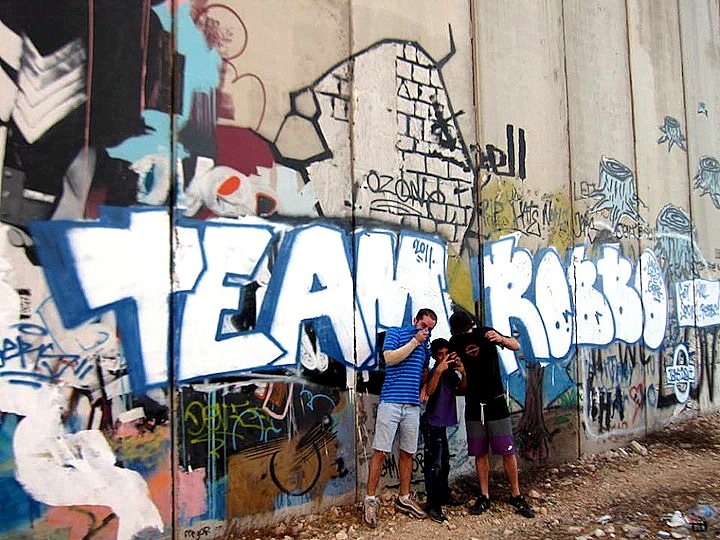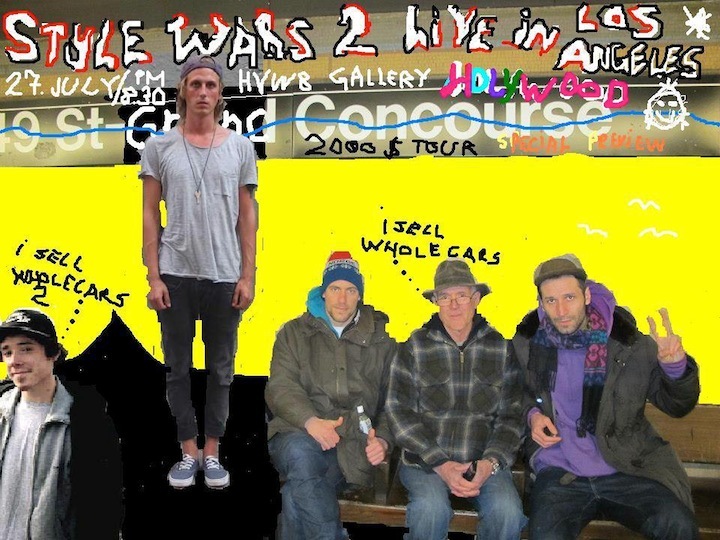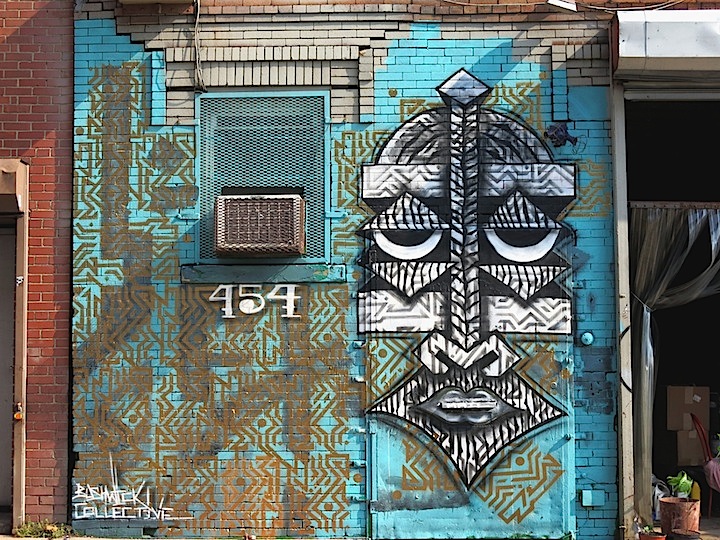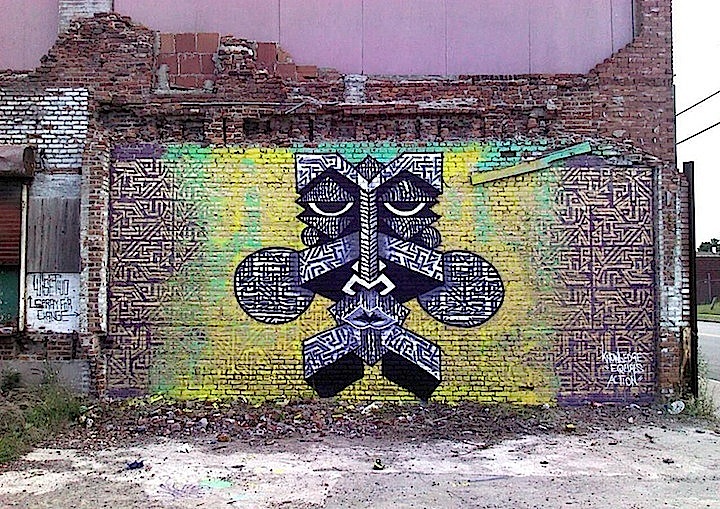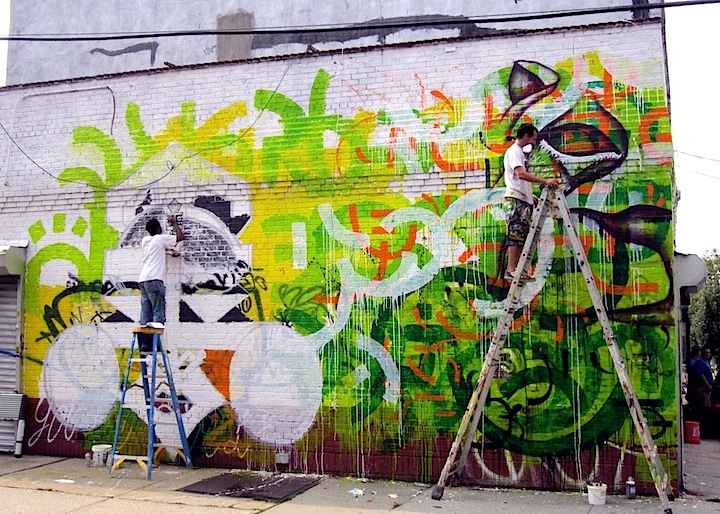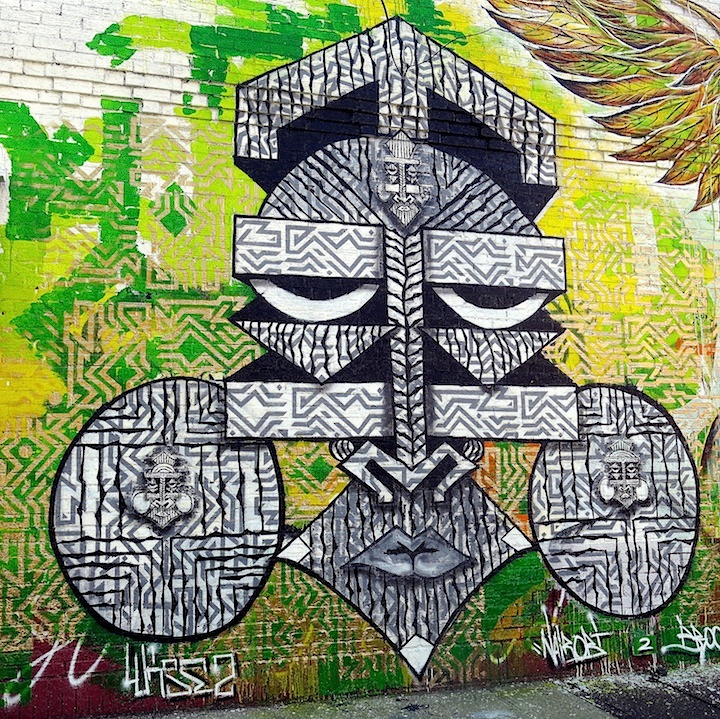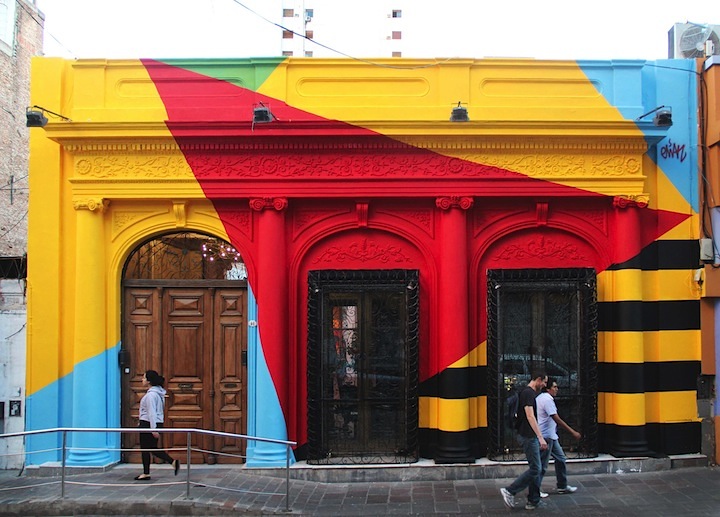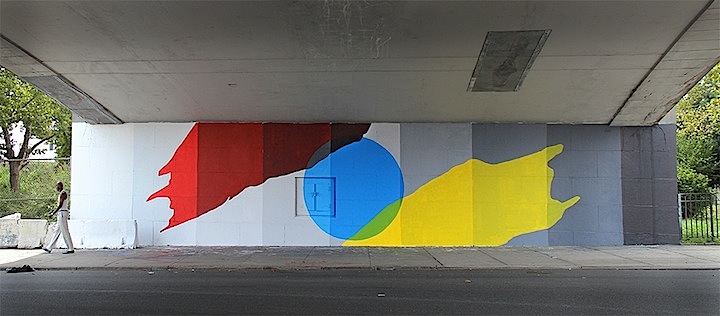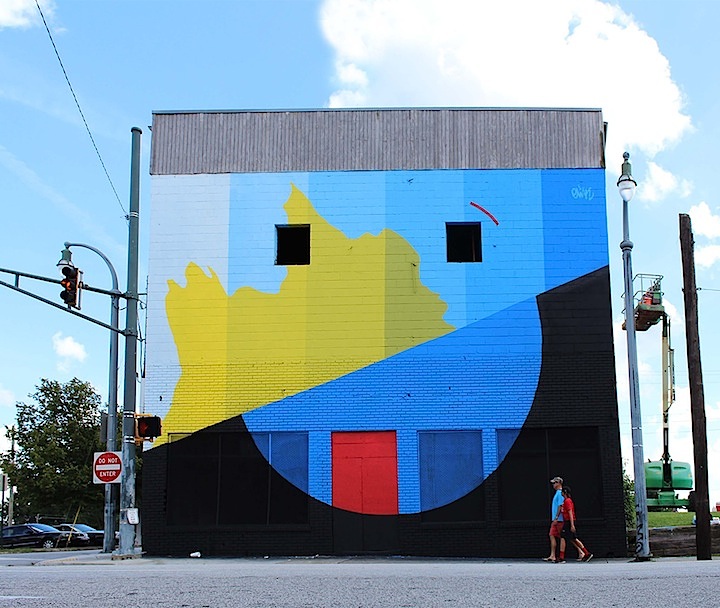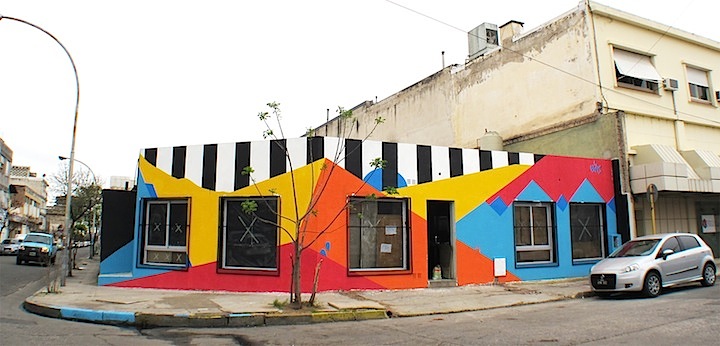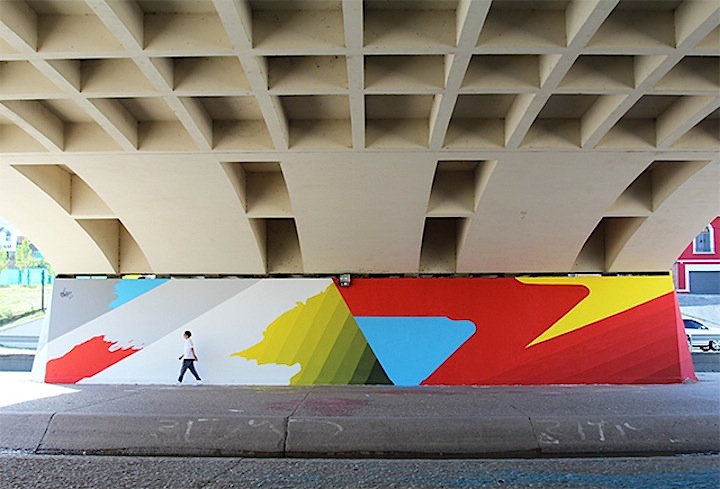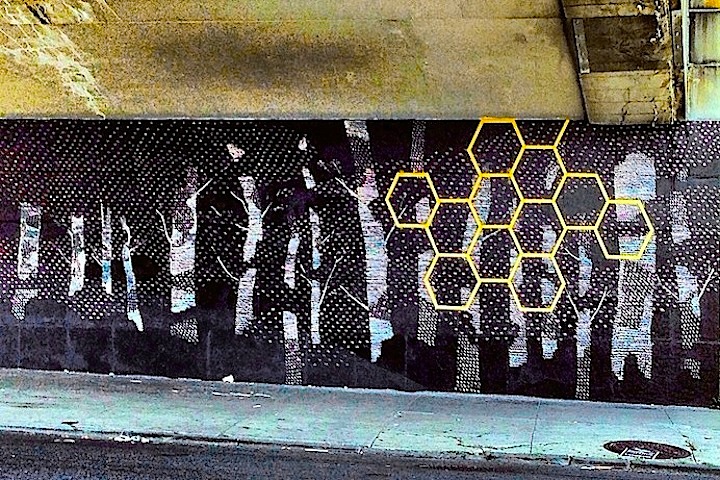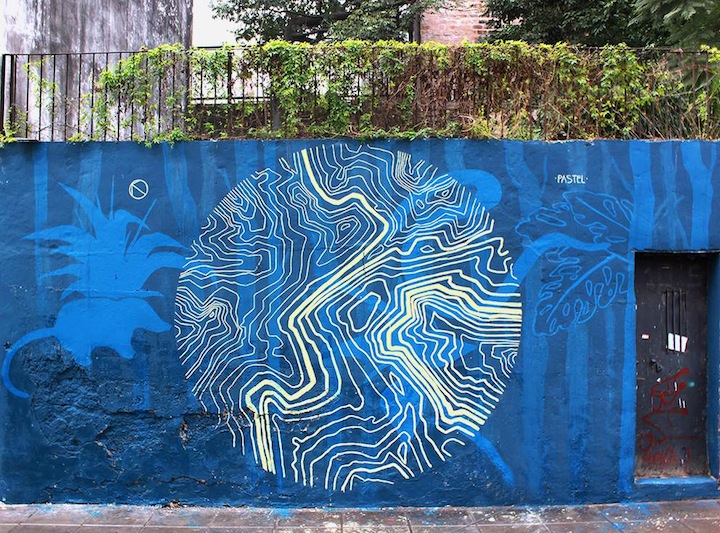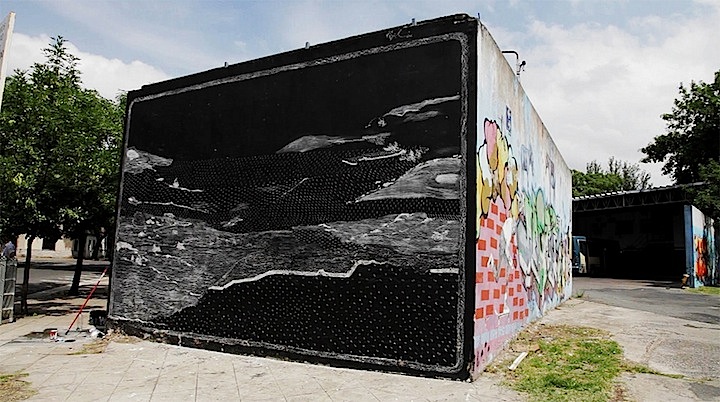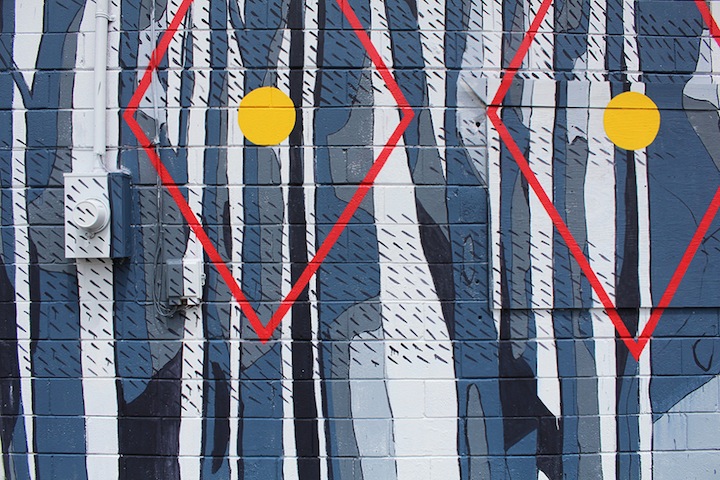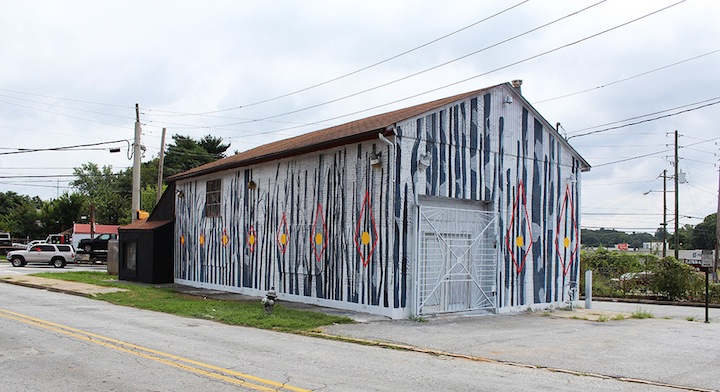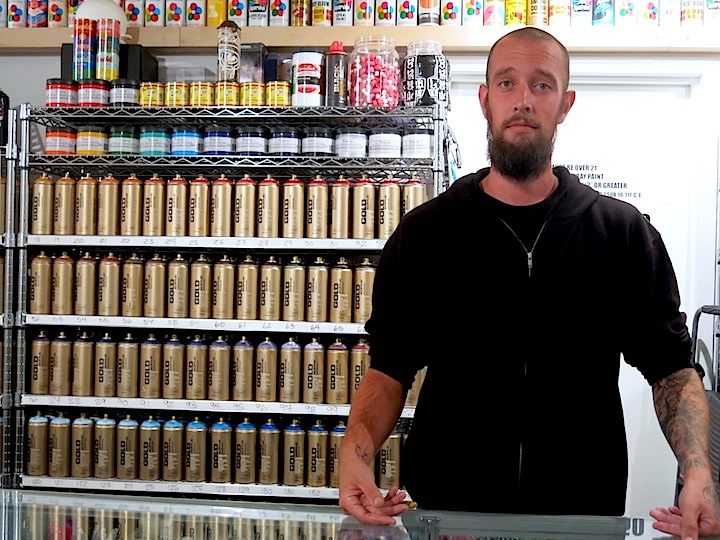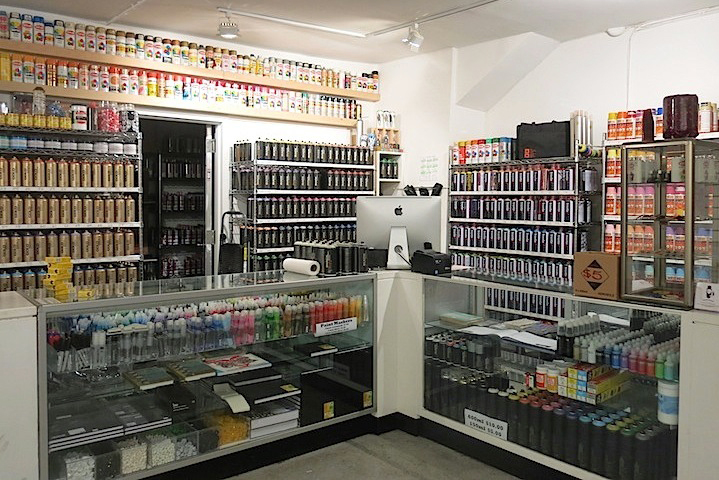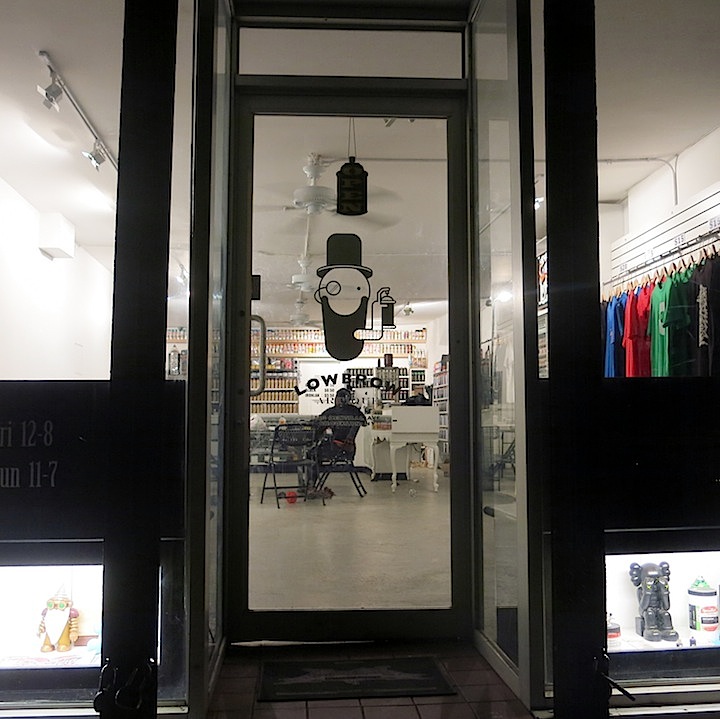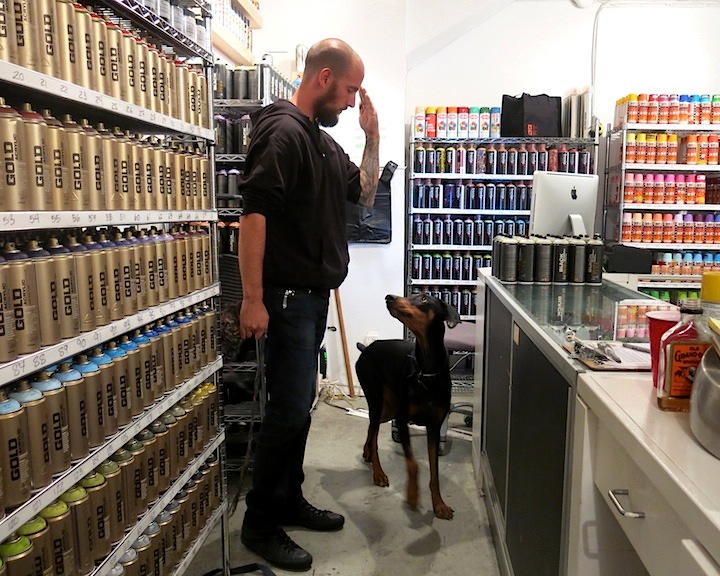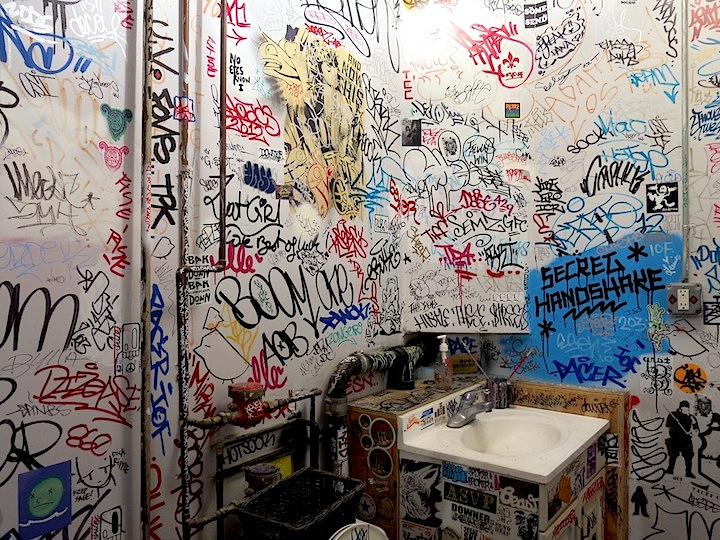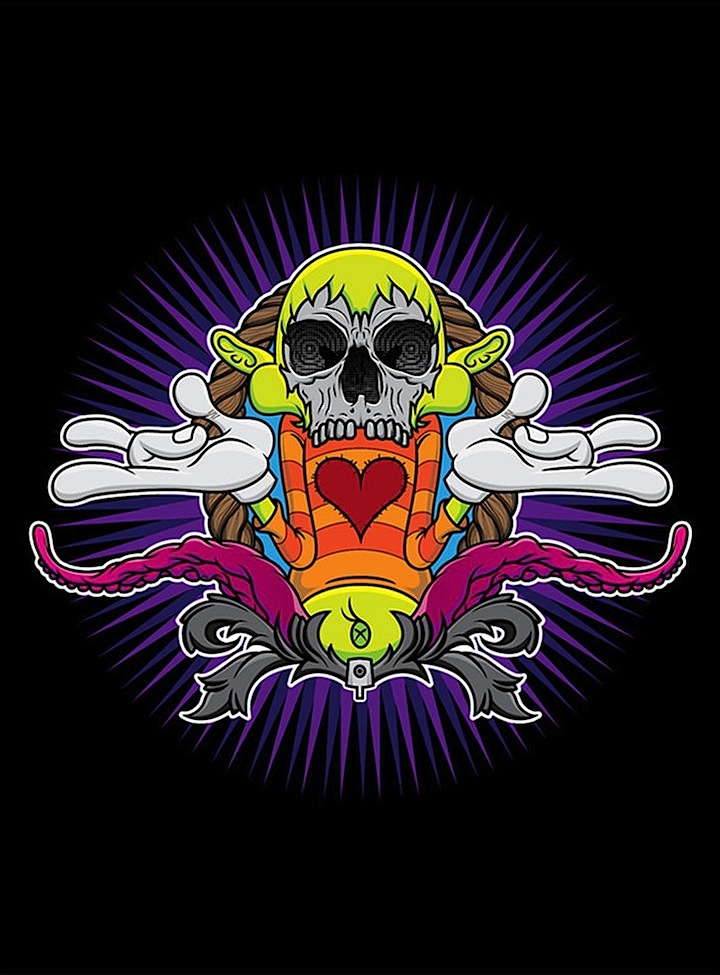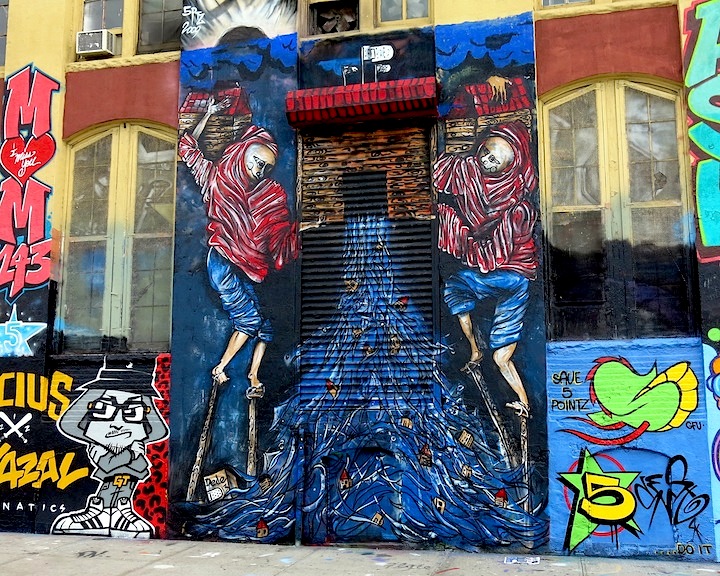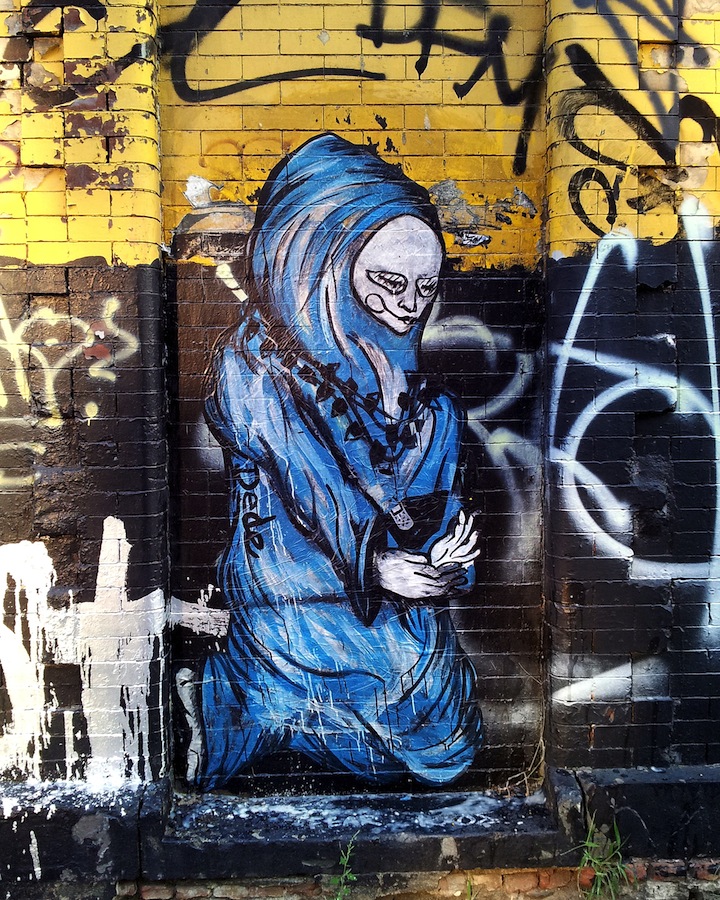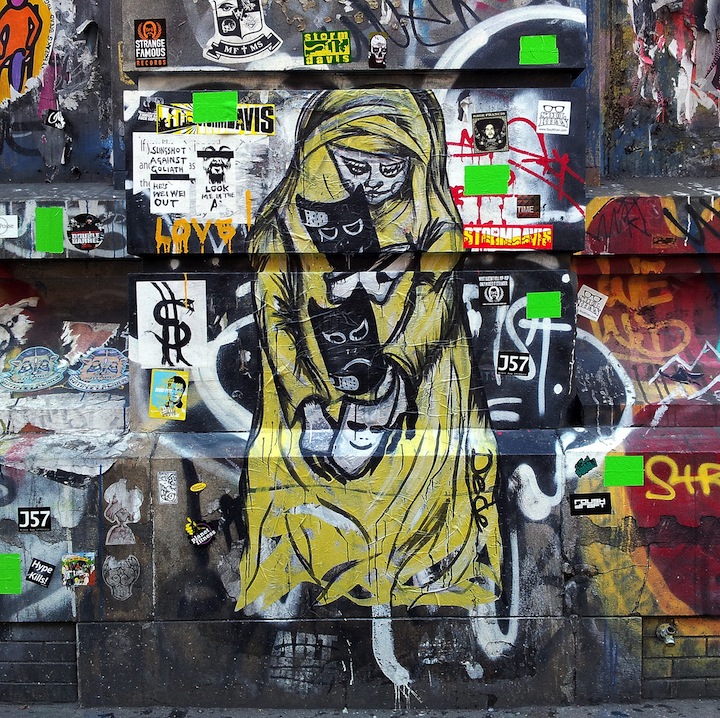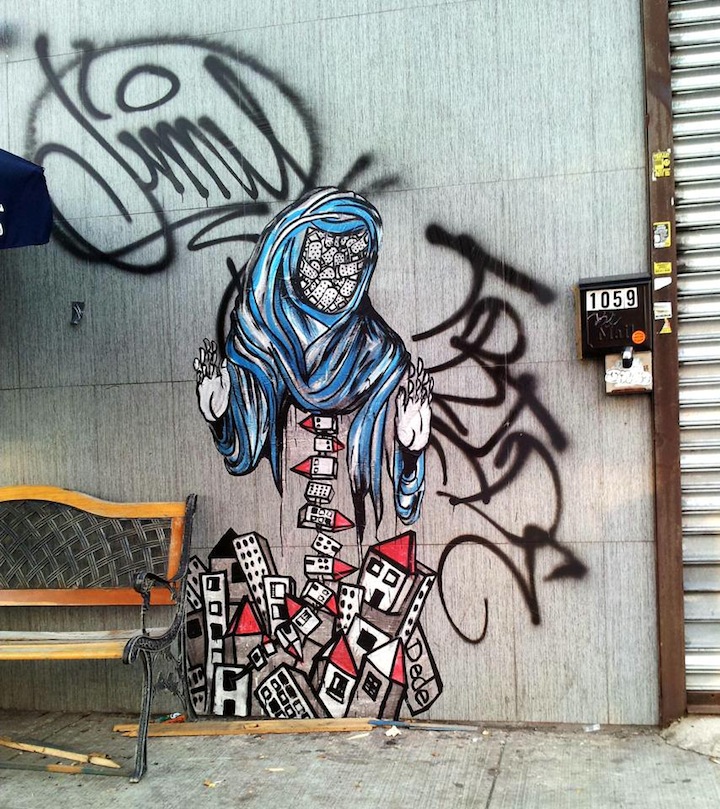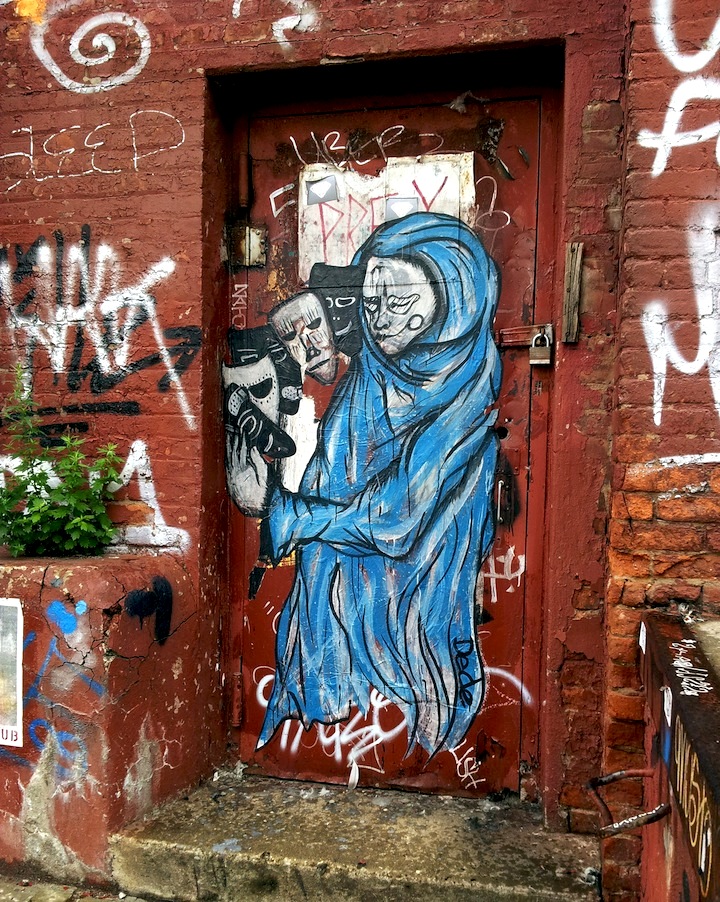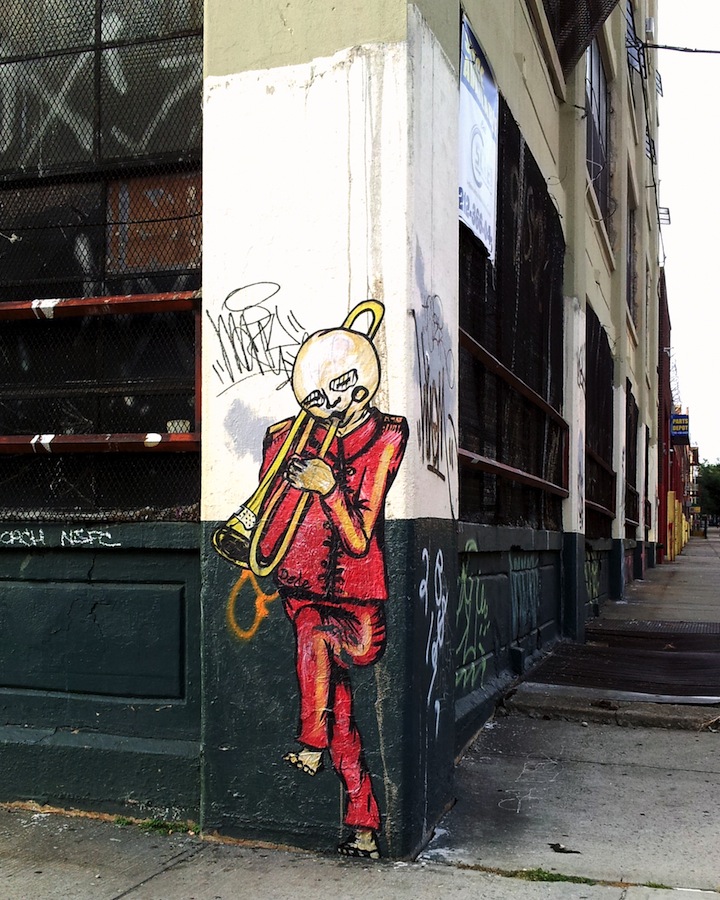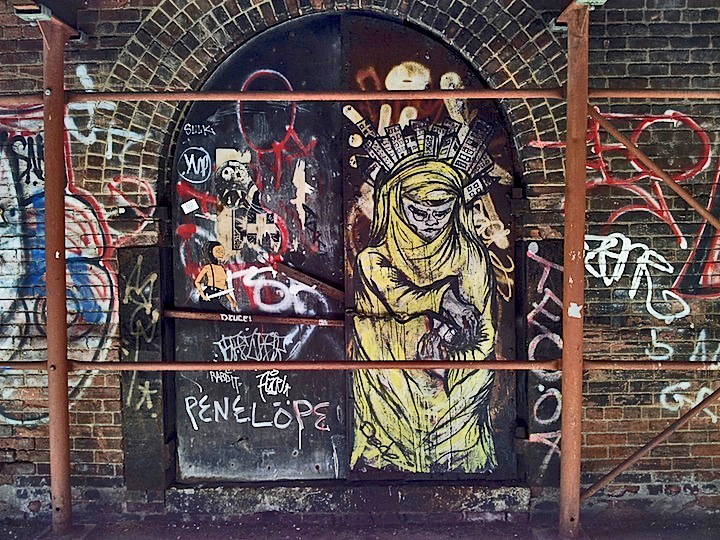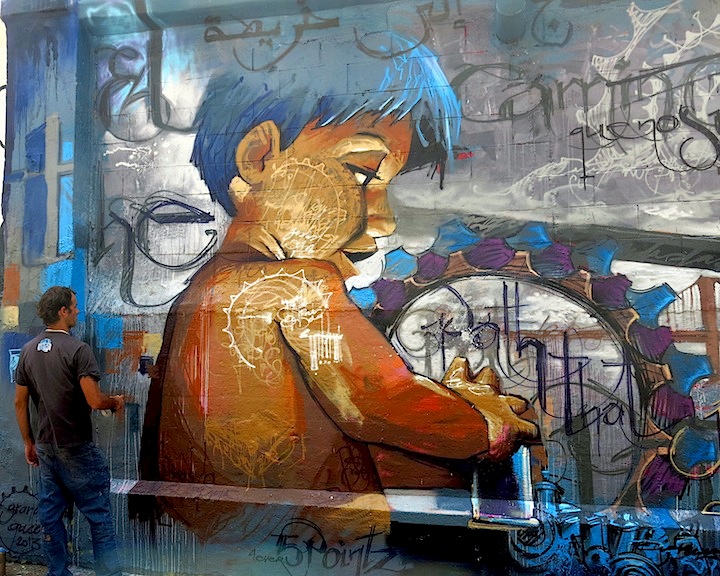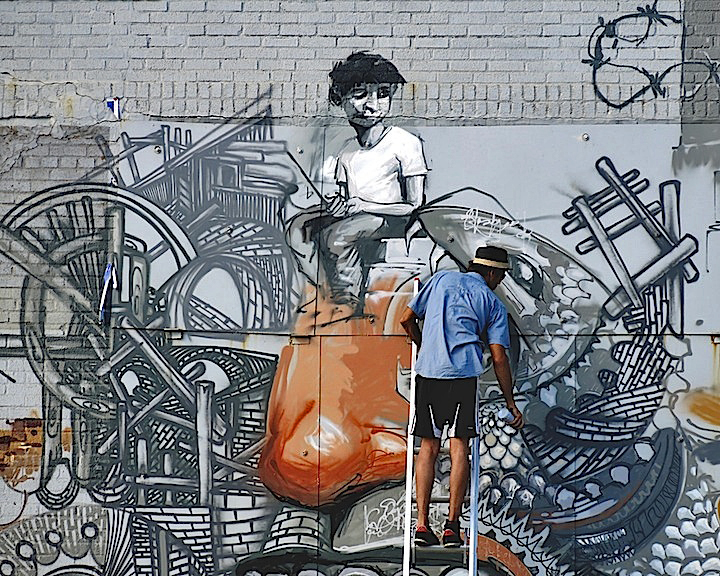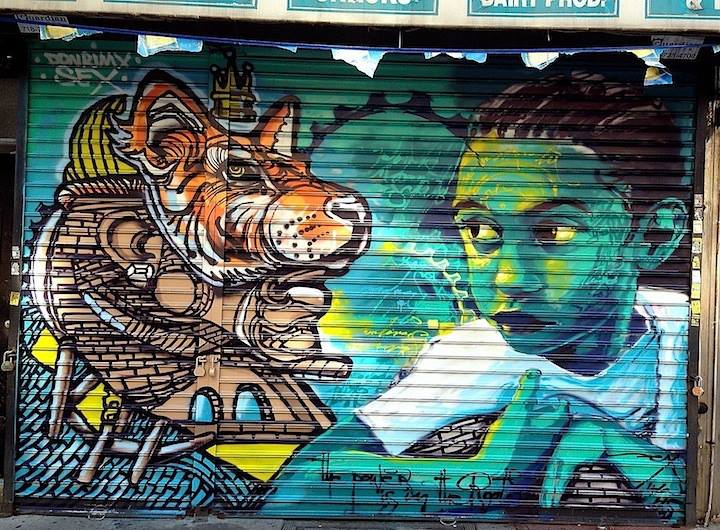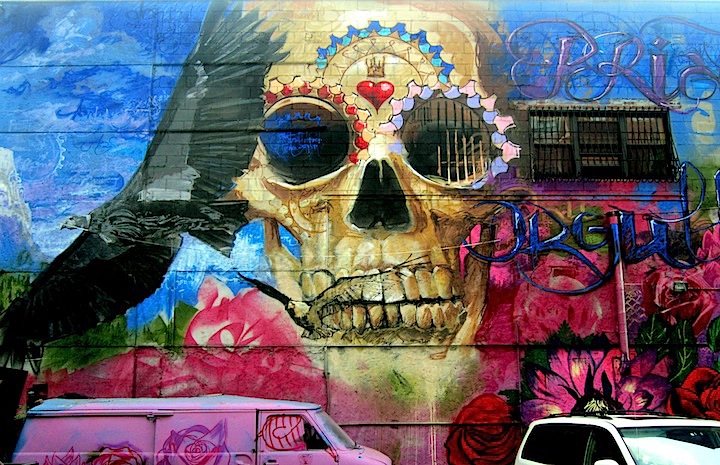South Bronx native Luis “Zimad” Lamboy began gracing walls with his graffiti skills at age 14, and had his first exhibit at Fashion Moda in 1984. Since, he has exhibited his artwork in galleries world-wide and continues to share his skills on public spaces across the globe. Tomorrow evening, he will be showing a series of new paintings – alongside James Sexer Rodriguez — at Rogue Gallery Chelsea, 508 West 26th Street.
When and where did you first get up?
It started back in 1979. I grew up in the South Bronx on 156th and Courtland, and that’s where I first got up.
What inspired you?
Throw-ups and bombs were everywhere. I especially loved what I saw on the handball courts. There was FDT 56, KID 56, Mad2 and the Bronx Artists crew.
Have you any early graffiti-related memories that stand out?
I remember the time I shocked my arm in the lay-ups. It became numb, but I continued bombing. That same night we got chased out of the lay-ups by workers in the middle of the night. I remember running down Pelham Parkway, while the MPC Crew were throwing rocks and bottles at us. That was a night!
Did you represent any crews?
Crews I’ve painted with include: BA, OTB, DWB, TCM, CWK and TD4.
What is the riskiest thing you did?
Hitting up a white train on an elevated track wearing a red bubble coat in broad daylight. I had people yelling at me from the street.
How did your family feel about what you were doing?
My mom said, “You better be careful.” My father never acknowledged what I was doing. I really don’t know if he knew or not.
Have you ever been arrested?
A few times. Not too many. I remember when I was locked up with Sexer for painting a handball court right across from a police station. Just as we were finishing it, the entire precinct came out and surrounded us. We got off easily, though. We were charged with criminal mischief and had to pay a $50.00 fine.
Do you work with a sketch-in-hand or do you just let it flow?
I used to sketch out my letters before hitting a wall. But I mostly let it flow.
Are you generally satisfied with your finished piece?
Lately I’ve been. But I have mixed feelings about some of my earlier pieces
Do you have a formal art education?
I’m self-taught. I’ve been drawing since I was five years old. I learned just about everything I know from the streets. And in my mid-20’s, I attended FIT. The classes that I took there helped me fine-tune my skills.
Are there any particular cultures that have influenced your aesthetic?
The spiritual life has been my greatest influence. I’ve been particularly inspired by Sacred Geometry.
Any other inspirations?
Basquiat. Just watching the movie inspires me.
Do you prefer working with others? Or would you rather paint alone?
When I’m outside, I prefer working with others. I collaborate lots with Sexer these days. But when I’m in my studio, I like to paint alone.
Any thoughts about the graffiti/street art divide?
Graffiti writers often feel that street artists disrespect them. And, unlike graffiti writers, many street artists have formal art educations. This, too, leads to tensions between the two, as street artists have a different take on it all and are more accepted by the art establishment. Their work is also more accessible to most people.
Why do you suppose the art world has been so reluctant to embrace graffiti?
Well, it’s the only element of hip-hop that’s illegal. And that’s a problem. Gallery owners don’t want the police knocking on their doors.
Any favorite arists?
Doze Green, Mars1, Dondi and Basquiat.
How has your work evolved in the past few years?
I leave graffiti for the walls. In my studio I continue to move in the direction of fine arts. When I am painting in my studio, I am building a legacy.
Have you any thoughts about the movement of graffiti into galleries?
I think it’s great, but once it’s in a gallery, it’s not graffiti. It’s aerosol art.
How do you feel about the role of the Internet in all this?
On the positive side, it gets my work out all over the world. But it also makes it too easy for people to imitate one’s work.
Have you any feelings about the photographers in the scene?
Some are good; some aren’t. But I think if a photographer sells his photos, he should share his profits with the artists.
What do you see as the role of the artist in society?
To invite the public into their world. To share their story with others.
What do you see as the future of graffiti?
Graffiti is the biggest art movement in the world. It will continue to grow.
What about you? What’s ahead for you?
For me, I will continue to create every day of my life and share what is on my mind through my art for the world to see.
Interview by Lois Stavsky; Photo 1, Zimad as a young teen, courtesy of the artist; photo 2, Zimad at the Bushwick Collective by Tara Murray; photo 3, Zimad at 5Pointz by Lois Stavsky; photo 4, Zimad at 5Pointz by Tara Murray; photo 5, Zimad on canvas by Lois Stavsky
{ 1 comment }
